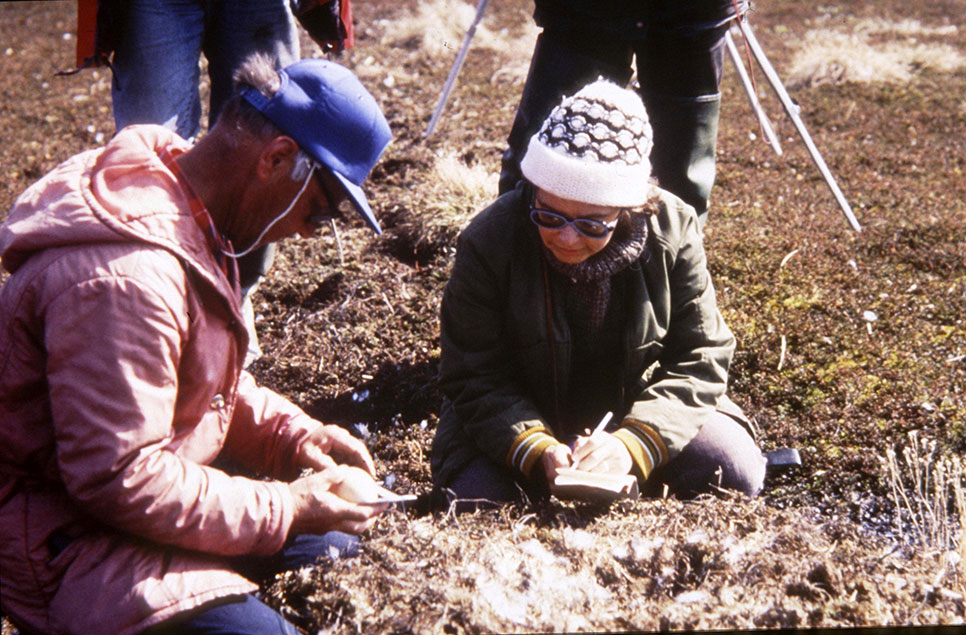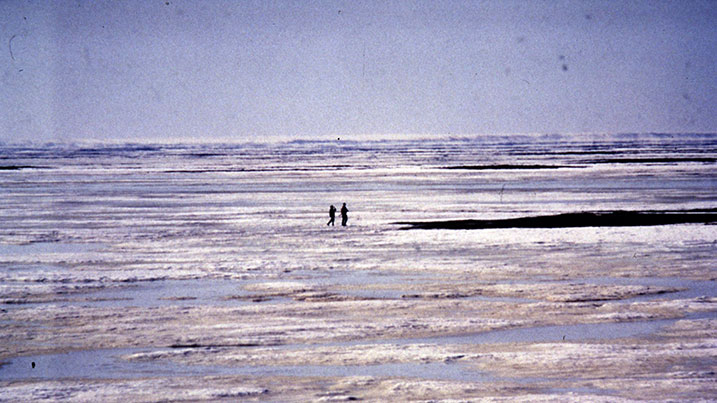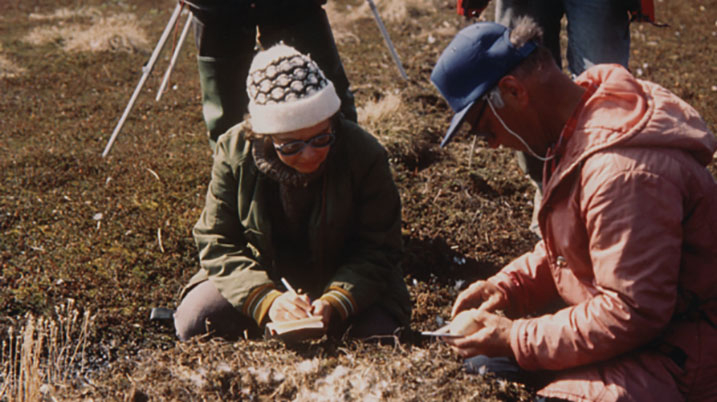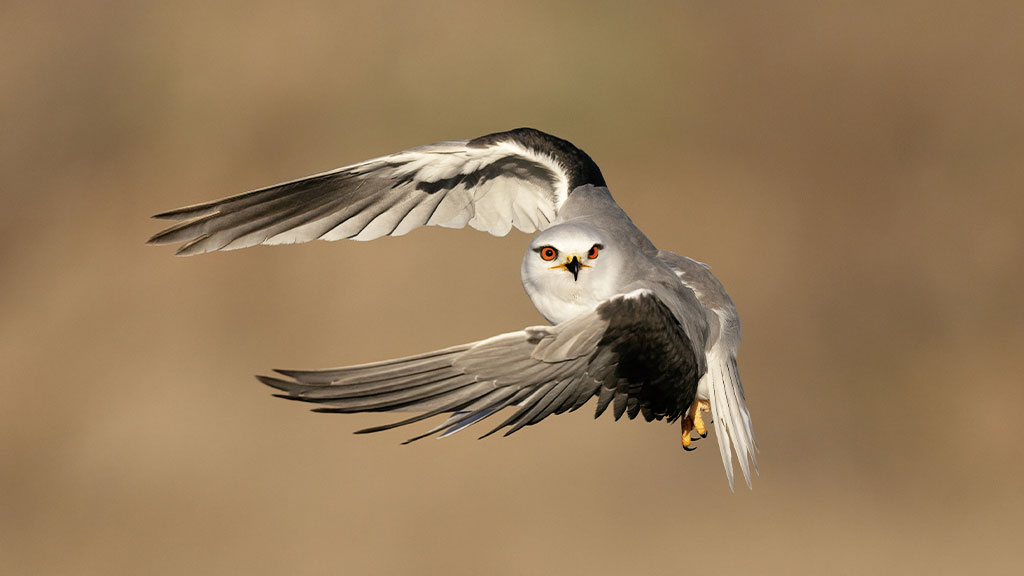Birds beat home comforts
Russian ornithologist Anna Belousova was a member of expedition teams roughing it to study Bewick’s swans on the north Russian tundra.

Russian ornithologist Anna Belousova was a member of expedition teams roughing it to study Bewick’s swans on the north Russian tundra.
We settled into our accommodation in abandoned, dilapidated, damp fishing huts, with smoking stoves, on the coast of the Barents Sea, not far from Lake Khabuika. This was tundra living and it didn’t frighten us. The scenery was stunningly beautiful, there were Temminck's stints singing all around, a cackling cock-grouse, and, most importantly, Bewick’s swans on the nest were very close by.
I was there as part of a joint research project between WWT and the All-Russian Research Institute for Nature Protection, carrying out joint research on the Bewick’s swan at its nesting sites in Russia, a project which ran from 1991-2002. We would exchange data, and participate together in conferences, but in my first summer in 1992 we developed the detailed fieldwork. We were there with two colleagues from WWT, Kevin Peberdy and John Bowler. Kevin was mapping vegetation, fauna and habitats, while John was engaged in everything related to Bewick’s swans – studying nests, drawing patterns of beaks and describing the birds’ behaviour.

Most of all, we were struck by the very detailed planning of their work by our WWT colleagues. After all, the weather in the tundra is very changeable and the weather forecast was not available to us in those days, and so we had to adjust our plans to the situation all the time.
During this expedition, a key task was to collect samples of vegetation that had to be dried. It was easiest to dry them on the stove, but the stove smoked mercilessly and we had to choose – suffer from smoke, but dry all the samples, or sit in a clean, ventilated room. Our colleagues chose, of course, the first option. There were still a lot of minor household inconveniences, but all this went unnoticed, and because John and Kevin were so absorbed in working and observing the unusually rich natural life around them, all these difficulties did not matter at all.
All the other WWT members who came to Khabuika treated the difficulties in the same way. And in this we were completely united – the amazing natural world of the tundra was much more important than amenities.

The main soul, motor and crystallizing centre of all research on Khabuika was Eileen Rees. Even when Eileen did not come to Khabuika herself, she provided her colleagues with the most detailed instructions and recommendations so accurate that we always felt her wise guidance.
When the weather forced us to sit in the house, we spent time on long scientific, political and philosophical conversations. And each time we came to the conclusion that the British and Russians had a lot in common: we were equally passionate about our research, we loved our work, we kept lists of new bird species we had seen, we were equally happy when we found birds that had been ringed already.
Our joint research into the swans’ breeding biology at Khabuika continued until 2002, after which the WWT would visit in August primarily to catch swans for ringing. And the Nenets Nature Reserve was made famous 15 years later when Sacha Dench flew over in her epic "Flights of the Swans" journey, where she paramotored from the swans’ breeding grounds in the Russian arctic to their wintering sites in Europe in efforts to mobile further action for Bewick’s swan conservation across their flyway.



